Reporters/ Ying-hao Wang, Shih-ting Mi, Pei-chi Chen, Hsin-yi Liu, Yen-ting Yin
In the past decades, people in the society needed to carry cash all the time. But nowadays, they can go out without bringing their wallets or even their credit cards. In fact, they can do their shopping easily by just one phone call because of the advanced technology of digital payment.
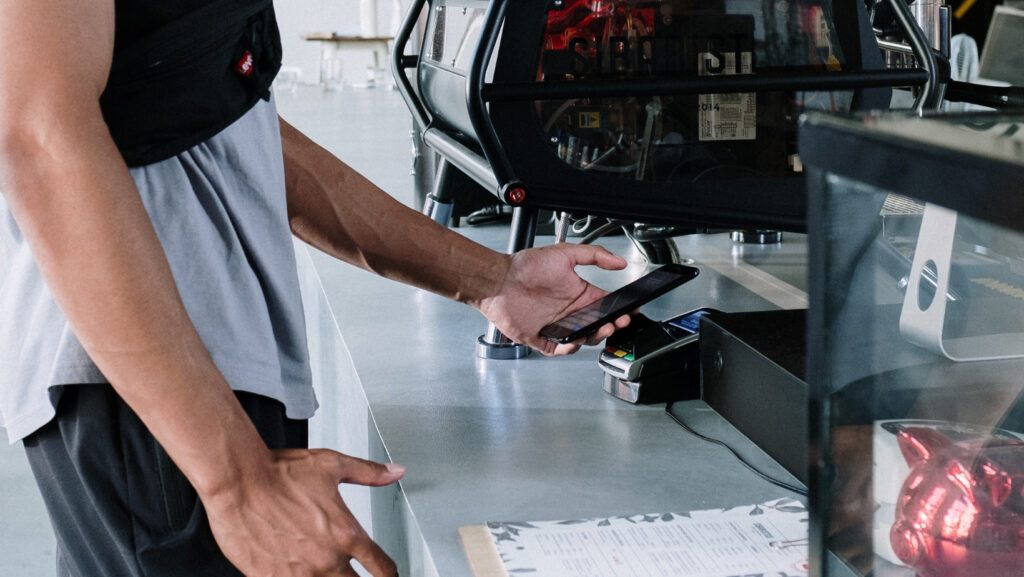
From Cash to Digital Payment
In Taiwan, there are two types of payment on the cell phone. First, there is the mobile payment which regards cell phones as credit cards, meaning users could easily pay money through their cell phones. The second type is the digital payment that needs to be tied with an APP. This type of payment also combines both online payment and money transfer.Line Pay and JKO Pay are the most prevalent digital payments in Taiwan. Some banks will collaborate with certain platforms to provide customers with more convenient ways of payment. Furthermore, digital payment traders boost their usage rate by giving customers discounts.
The most common forms of payment in Taiwan, which include cash, credit card and digital payment, have both advantages and disadvantages. Cash is an irreplaceable way of payment for now, since everyone is used to paying in cash. Besides, there aren’t enough equipment for digital payment in places like traditional markets, old streets (老街)and night markets. In addition, cash is the most transparent payment, as it will not leave any records except for the receipts and invoices. Problems can also be discovered at once in the process of payment.
Another common way of transaction in Taiwan is through using credit cards. However, it is not as convenient as paying in cash. First, applying for a credit card requires a financial statement which becomes a higher threshold of accessibility as compared to traditional way of paying in cash. When using credit cards, one has to be cautious. If the credit card is lost, it could be used by people with bad intentions. Worst of all, if the cardholder did not receive an instant alert of fraudulent usage of credit cards, he would have to pay the fraudulent charge on the credit card when the payment slip arrives.
Moreover, the transaction problem of credit cards is almost impossible to be solved promptly. Tackling the problem takes a lot of procedures, such as contacting the bank, answering a series of questions regarding ID confirmation as such. On the other hand, debit cards can be an effective way for people who want to purchase high-price products without having to carry a lot of cash. Debit cards also provide an installment plan which allows the users to satisfy their desire and ease their financial burden.
In recent years, with the advance of technology, mobile carriers can log in their account and process transactions through their cell phones. Transactions can be done easily by opening the digital payment’s page, allowing the store’s owner to scan the barcode and show the payment confirmation.
What’s more, users can review every trading record through their cell phones. With all these advantages, digital payment has now become a popular method of payment in Taiwan. However, there are also some disadvantages in this seemingly convenient way of payment.
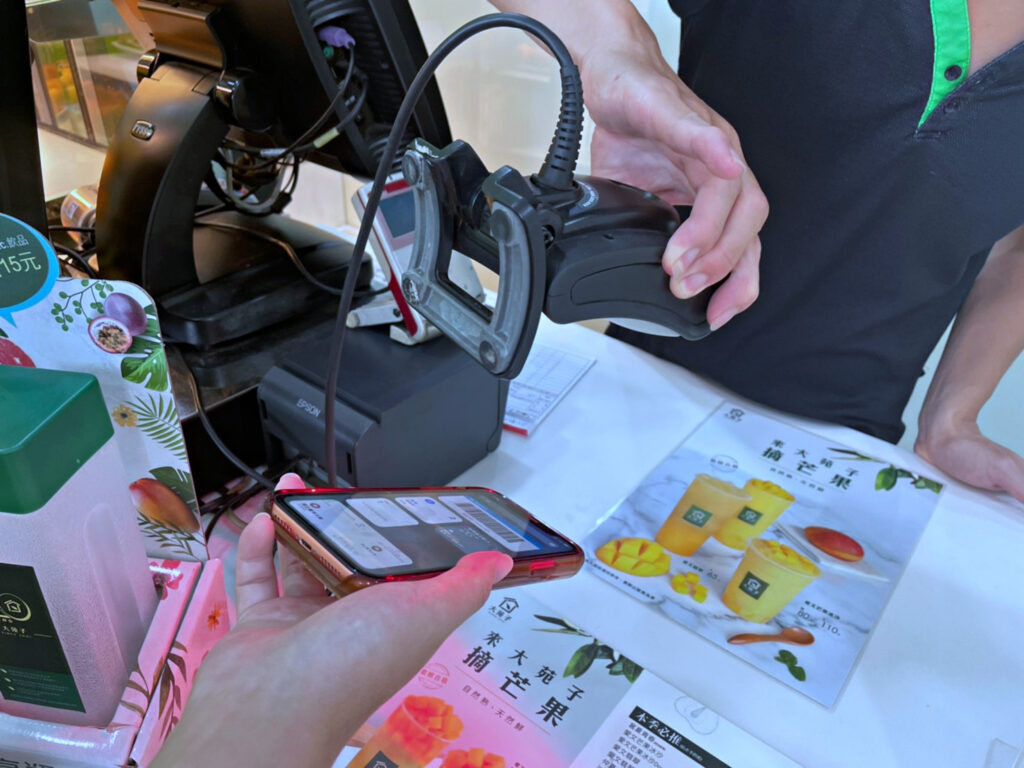
Digital Payment Brings Convenience, Raises Privacy Concerns
Digital platforms offering mobile payment have changed the way people live. Yet, rarely have they thought of data leakage which could be its primary concern.
Chiang Pin-huei, a professor from the Department of Economics at NCCU, pointed out, “Consumers are actually selling their personal information in exchange for discounts and convenience in a certain way.”
To attract customers, more and more companies provide discount combos. Chiang added, “Technology has brought us purchasing styles that we have never seen before; however, the problem lies in whether the consumers have thought of the consequences or not.”
Currently, the potential risk of security issues in digital payment is data leakage. While browsing shopping websites, clicking products and checking out, these processes used by the consumers have eventually become part of the big data. Thus, in the long run, the information which will contain users’ personal behaviours could be traded as a “product.”
Wang De-ying, manager of Institute for Information Industry, said, “Through providing personal information to service providers, consumer’s purchasing behaviour, habits, even occupations can be collected, and used as information to predict future purchases of the consumers.”
Electronic payment is like a double-edged sword, and few people have thought about how the data collected by the electronic payment and shopping platforms will be used. Jiang said that in the United States, there was once a trader who presumed that the targeted customer was a pregnant mother. So he sent free children and maternal commodities to the same address the customer had used in the past. It was found that the teenage girl has now become a mother.This is just an example showing how the website has unwittingly revealed user’s privacy and how the data was being used.
E-payment Reflects Generation Gap
In Taiwan, e-payment users are mostly young people. Chen Yu-wei, a professor of National Taipei University of Technology, said, “It’s more likely for the older generation to accept cash transactions, thinking that ‘it will give them an incentive to use money.’ “In China, when the government introduced WeChat payment, it began with the idea of “giving red envelopes with lucky money to the young people.” Obviously, this feature has appealed to the elders. In Taiwan, with factors such as the lack of smartphones and the Internet, the electronic payment system seems to be less appealing to the older generation.
Fortunately, PXPay, an electronic payment program launched by the PX MART, allows users in Taiwan to store money in the program in advance and accumulate points when using its program. When PX MART launched PXPay, shop clerks eagerly promoted it to all users and tried by all means to teach the elderly who were not good at using the program.
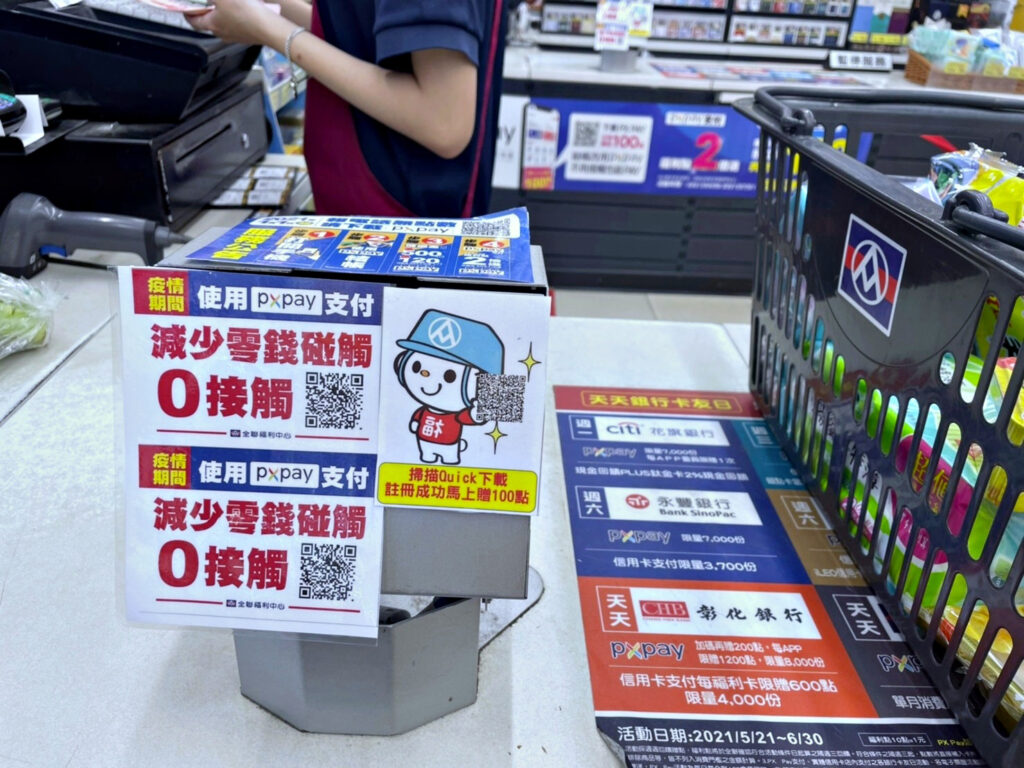
Chen said there are many reasons why Taiwan has not been able to extend e-payments to the senior citizens. It is hard to say which reason accounts for the impediment. Fortunately, the trading pattern launched by All-Union Welfare (全聯), such as points accumulation and clerk’s promotion eventually have succeeded in giving the older-generation customers more motivations to use e-payment.
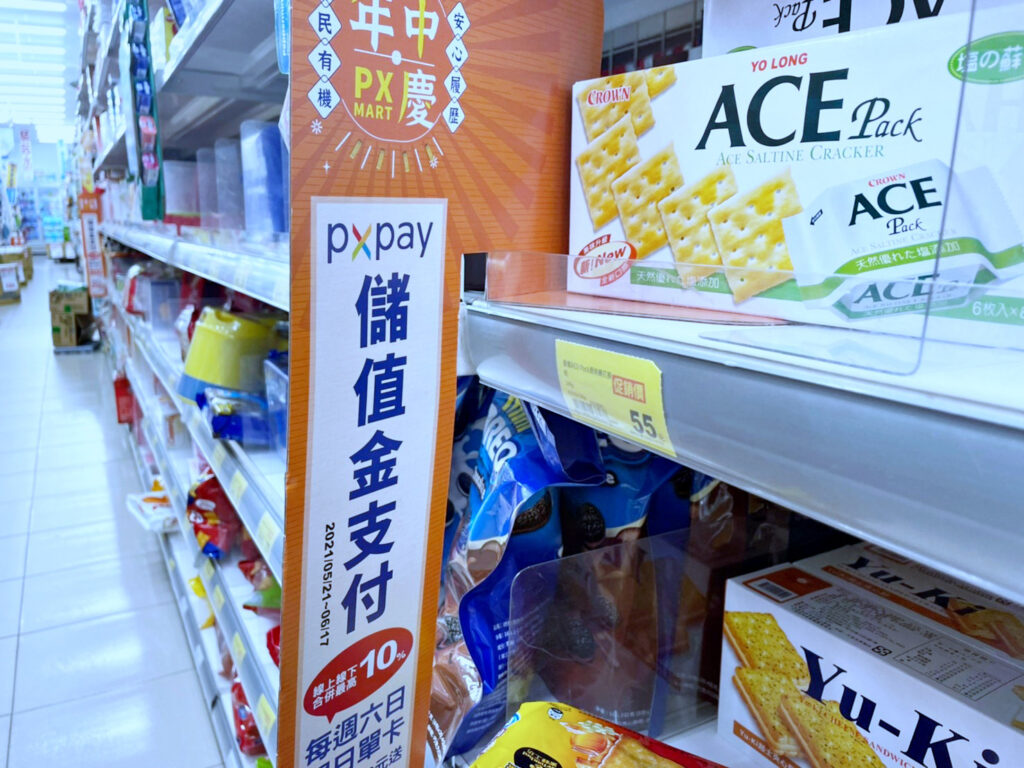
Moreover, due to COVID-19 pandemic, some merchants and delivery platforms only accept electronic payment, which indirectly increases the number of users who currently use electronic payment in a “passive” way. Nonetheless, Jiang said Taiwan still has a long way to go as far as increasing the number of voluntary users of electronic payment is concerned. In other words, people need to be motivated, so do businesses.
Privacy issues and the leaking of personal data in electronic payment are bound to exist. Wang said, “According to the proprietary personal data protection and management system, the organization that controls consumer data has to pay attention to whether personal data is leaked or not and guarantee that more risk management and regular assessment have been done.” To increase the number of e-payment users, it requires not only the willingness of the public and the cooperation of businesses, but the responsibility of electronic payment traders to protect users’ personal data, so that people can use it with assurance.
New Type of Business: Unmanned Store
In addition to cooperation with local businesses, electronic payment can also be used in different types of stores. In fact, electronic payment has now become an essential cashier method in unmanned smart shops. With no cashier and service personnel, a fully automated shopping and checkout process is implemented in the “take and go” form of this new type of store.
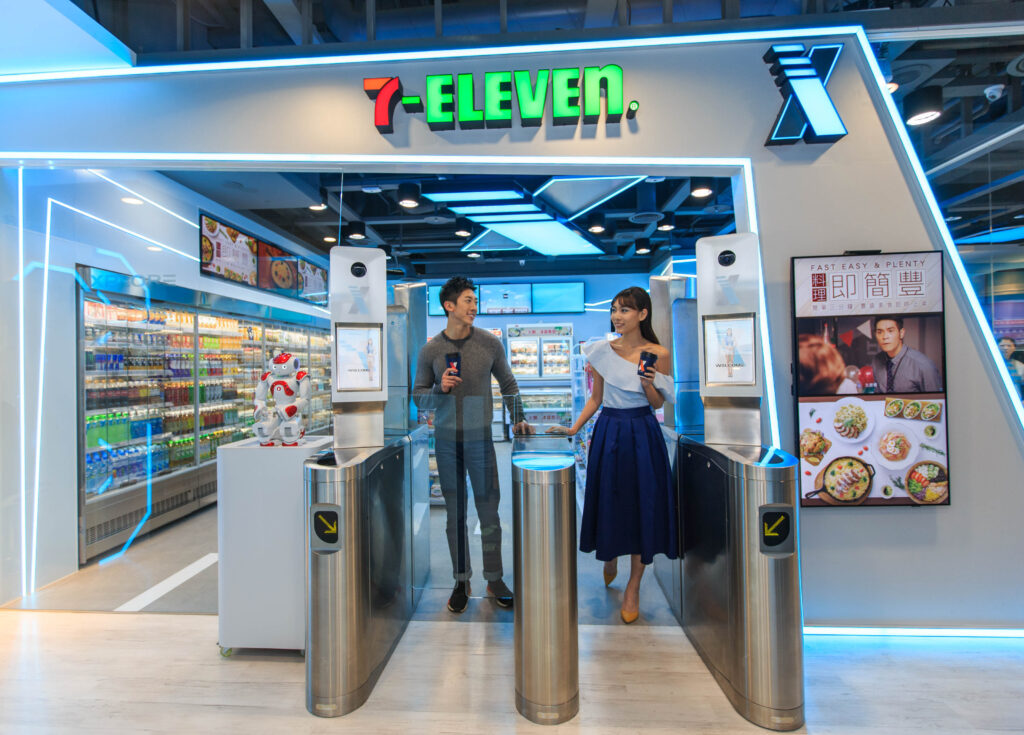
Fully automated unmanned stores require a combination of high-tech technologies to provide customers with a pleasant experience of shopping. The three main categories of this type of store are AI, RFID, and vending machines. Under the dual benefits of saving manpower and customer checkout time, unmanned stores are supposedly to be found everywhere. However, much to the surprise of many, unmanned stores in Taiwan were closed one by one.
Jiang said, “In addition to having a perfect supervision mechanism, the unmanned smart store is made up of a number of technological equipment which needs a lot of fund. Moreover, compared with foreign countries, Taiwan’s manpower is relatively cheap at present and it is convenient to hire a clerk at this stage.”
However, looking at future trends, Chen said, “There is a good chance that unmanned stores will become a mainstream in the future. With the decline birth rate, the working population will eventually shrink. Also, with the increase in labor costs, we need more automated facilities in the near future.”
As far as the consumption habit of Taiwanese is concerned, electronic payment has not yet been popularized and the cost of high-tech equipment is still relatively high. Needless to say, there is a lot of room for development in unmanned smart stores in Taiwan. Hopefully, the rapid progress of science and technology will solve the problems of unmanned smart stores and provide customers with more convenience in shopping.



